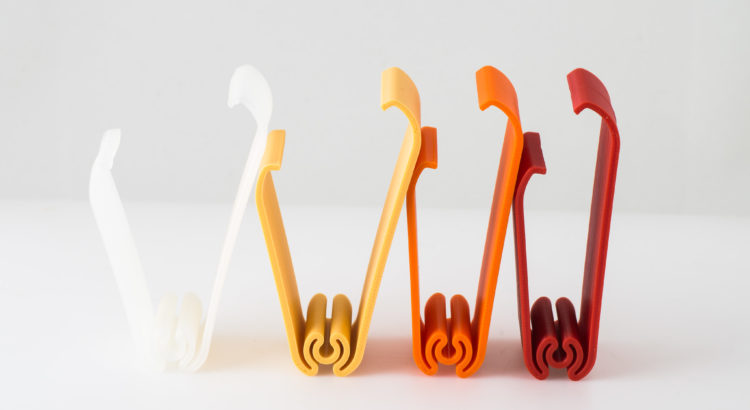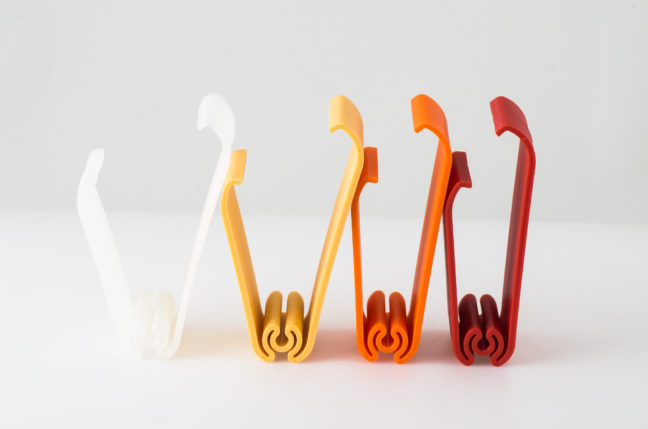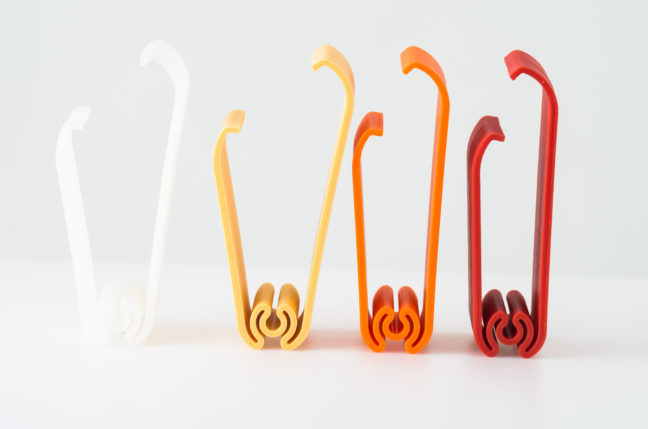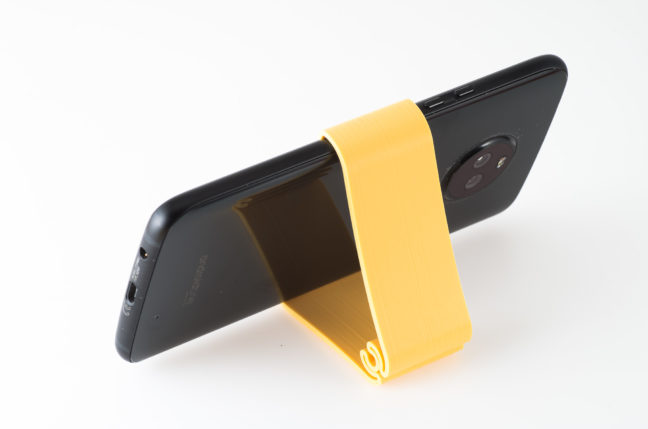This post started as a test to show why PLA is doesn’t work for designs that put a constant load on the part (part of the part failure series) and I was curious how ABS and 910 nylon would perform relative to PETG. But as is often the case, the some of the results were in line with my expectations, and others were a complete surprise.
For many applications, PLA is a great material. It is harder than any of the other plastics I use, and can very strong. Many of it’s limitations, such as brittleness, can be designed around, or compensated for with different PLA formulations. Some of the more difficult limitations to overcome when it comes to functional parts are creep and heat tolerance (note: annealing may improve both creep and heat tolerance, but that’s a subject for further experimentation and posts).
When I talk about creep, I’m referring to how the plastic deforms when forces are applied, and doesn’t return to it’s original shape after the deforming force has been removed. See Wikipedia for a more info.
The four plastics pictured above are natural Alloy 910* from Taulman, maize yellow PLA from Atomic Filament, orange PETG from Atomic Filament, and red ABS* from eSun. These samples all started with the same design, then were stressed for over 24 hours.

After the clips were removed from the stressed position you can see that none of the clips returned to their original shape, but there’s a big difference in how much each plastic returns to their original shape.
Left alone for a while, the clips get a bit closer to their original shape, but the shape has permanently changed.
The results after a week on the stretched on the rack are similar, they have deformed slightly more, but not by much.
The amount of creep in the PLA clip wasn’t surprising, that’s what I set out to demonstrate. Neither was the amount of creep in the alloy 910, since I had no intuition about how it would perform. What did surprise me is that the PLA version of the clip, even after a week under tension, still works as designed. I did not expect it have enough clamping force to be useful after a day or two of use. Even from it’s wider starting position, it still clamps with plenty of force since PLA is a very rigid plastic. So there seem to be ways to design around the creep limitations of PLA that I had not anticipated.
Now I’m wondering if PLA will work for the tablet version of this clip, and if I can will get the same results with non-Natureworks PLA which is usually more brittle. But I’ll have to save that for future experiments.
The phone stand design used in this test will be on Thingiverse soon.





